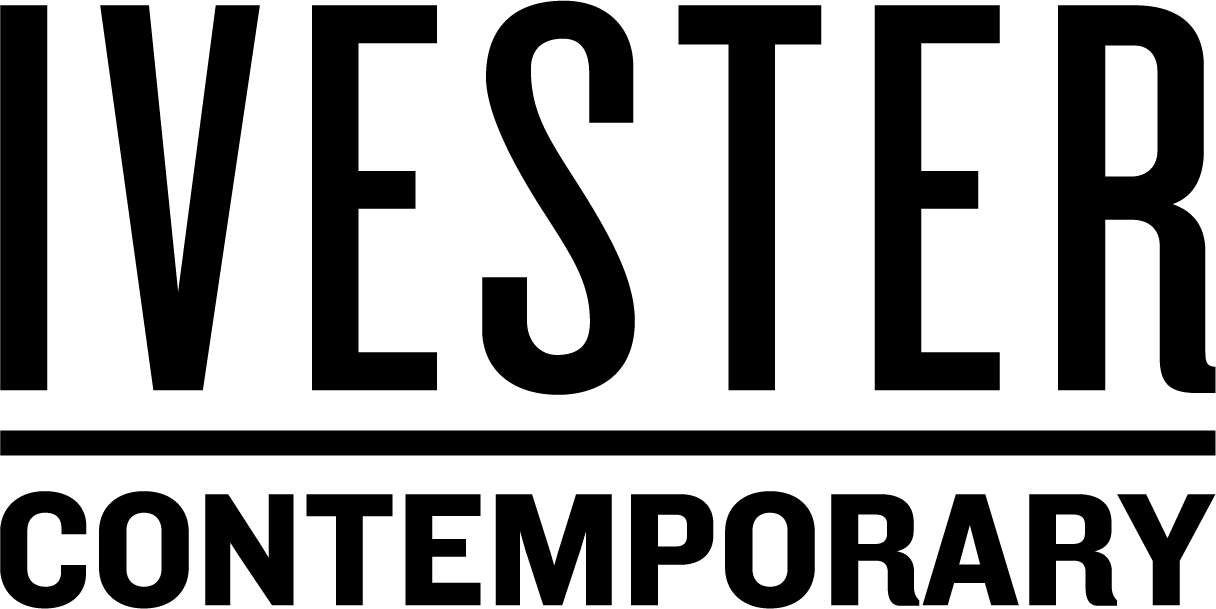Beili Liu’s artworks embrace and manipulate the intrinsic elements of humble, everyday
materials. Through repetition and juxtaposition, Liu creates entirely new visual experiences,
environments that evoke vastness and the existence of larger, more ancient narratives, within raw
materials that would otherwise appear familiar, limited, ephemeral, small. This transformative
practice takes on a mythic quality, for Liu’s works defamiliarize the world even as they use the
very stuff of the world. Like myth, Liu’s work engages certain limitations, rules, in order to leap
beyond them to the wider realms of dream, memory, prophecy, enchantment.
Liu’s installation, Inheritance, carries the accumulation of this eerie, mythic weight. A large,
delicately crocheted bedspread, dipped in pine tar, hangs quietly in the gallery space. From the
bedspread drip hundreds of sewing needles, suspended by thin threads. The installation floats,
frozen in a rippled, sculptural gesture, low to the ground. The darkly tarred crochet, patterned
with light, is reminiscent of a cloak, a canopy, a magic carpet, a stingray, a cloud of weather, but
it is not any of these things. Instead, the piece draws on and activates the constellations of
culturally legible, mythic images and associations we carry within us, to make something
startling, blended, and new.
Liu’s use of crochet and sewing needles in Inheritance draws not only on a lineage and cultural
repository of women’s work, but also ancient concepts, vocabularies, and figures whose
presences linger in the work. We know the tales: a heroine spins straw, cobwebs, nettles into
threads of gold, prickly green coats for her brothers to save them from a curse; holds off an army
of suitors, waiting for her husband to return from war, by weaving, then unweaving a funeral
garment; stalls death by telling a murderously heartbroken king a story a thousand and one nights
long, spinning fragments into one long, unbroken thread of narrative. Three goddesses measure
and portion out the threads of our lives, the lengths of which cannot be changed. These figures
navigate the world’s limits and constraints by working with thread—thread as a way to
manipulate time, to repair what has been cursed or broken, to honor the past, to speak with gods.
The very act of sewing, crocheting, weaving a tale, is an embodiment of economy, continuity. It
does not take much in the way of tools or materials, but it does take the persistence of a returning
sensibility, needle, or hook—returning to its making place, drawing out, returning, a patience, an
endurance.
Inheritance carries these literal and metaphoric threads within it, at once evoking and
transforming them into new forms of time and space. Liu traverses the archetypes and
vocabularies we know and takes us to a place beyond categories, for Inheritance is as much
crochet as it is sculpture, drawing, story, architecture, thread, pine, drip. Its materiality,
repetition, and symbolic juxtaposition, skillfully pair textures and objects that, though
conceptually related (weaving, sewing), when paired visually in this manner, startle and point
towards wonder. A quiet power permeates the room. The faint scent of pine tar lingers in the air.
The hundreds of needles hang like hair, silk, tears. There is ruin and grief in the installation, a
weightiness to the light crochet material, hardened and darkened with tar. It floats low to the
ground, the space beneath it delicate, dangerous, multitudinous with sharp and insistent
presences of unfinished business, loose threads. Persistent in their closeness, proximity, the
threaded needles insist by their singular abundance, on something universal between them, for in
the end, it is not hundreds of singular threads we seem to encounter when we step closer to
Inheritance, but a presence like rain.
